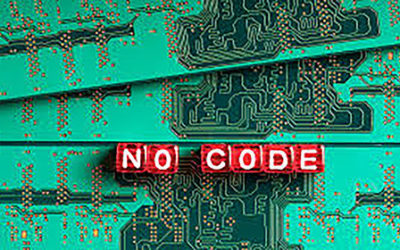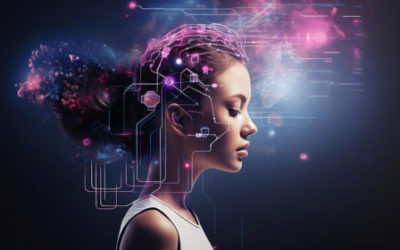When we browse the internet or use apps on our mobile devices, we interact with design elements that influence our experience. Two essential concepts behind this interaction are User Experience (UX) and User Interface (UI). Both play a critical role in creating memorable user experiences. In this article, we’ll explore what UX and UI are, how they relate to each other, and how together they form the art of connecting with users.
What is User Experience (UX)?
User Experience (UX) refers to the way a user interacts with and perceives a product, service, or system as a whole. It is a holistic approach that aims to create a pleasant and satisfying user experience. The UX encompasses emotional, practical and aesthetic aspects, and seeks to understand the needs, expectations and motivations of users.

What is the User Interface (UI)?
The User Interface (UI) is the tangible and visual part of a product with which users interact directly. It includes all the graphic elements, buttons, icons, and navigation elements that facilitate interaction with the system. The UI is responsible for how information is presented and how elements are designed to be intuitive and visually appealing.

The Importance of a Good User Experience
The user experience plays a crucial role in the success of any product or service. When users have a positive experience, they are more likely to become loyal customers and recommend the brand to others. A good UX translates into satisfied users, lower abandonment rate and higher retention.
Creating an Attractive User Interface
The user interface is the visible face of the user experience. To create an attractive and functional UI, it is essential to consider a few key aspects:
1. Usability
Usability refers to the ease with which users can use the product and achieve their goals. A well-designed interface should be intuitive and easy to navigate, minimizing the friction and effort required to perform tasks.
2. Visual consistency
Consistency in design is critical to delivering a consistent experience. Using consistent visual styles and patterns helps users quickly recognize and understand how to interact with the interface.
3. Accessibility
A good UI should be accessible to all users, regardless of their abilities or disabilities. Making sure design elements are readable, distinguishable, and designed with accessibility in mind is essential to an inclusive experience.
In conclusion, the User Experience (UX) and the User Interface (UI) are two fundamental pillars to create a significant link with users in the digital world. Reflecting on these concepts, the question arises. Do you dare to take the next step and provide an exceptional experience to your users?
Go ahead, dare and create experiences that captivate and delight your users!
If you’re looking for the perfect team to help you build an effective website, we’re here to help. Also, Contact us today to get more information about our Virtual Store Design services.











